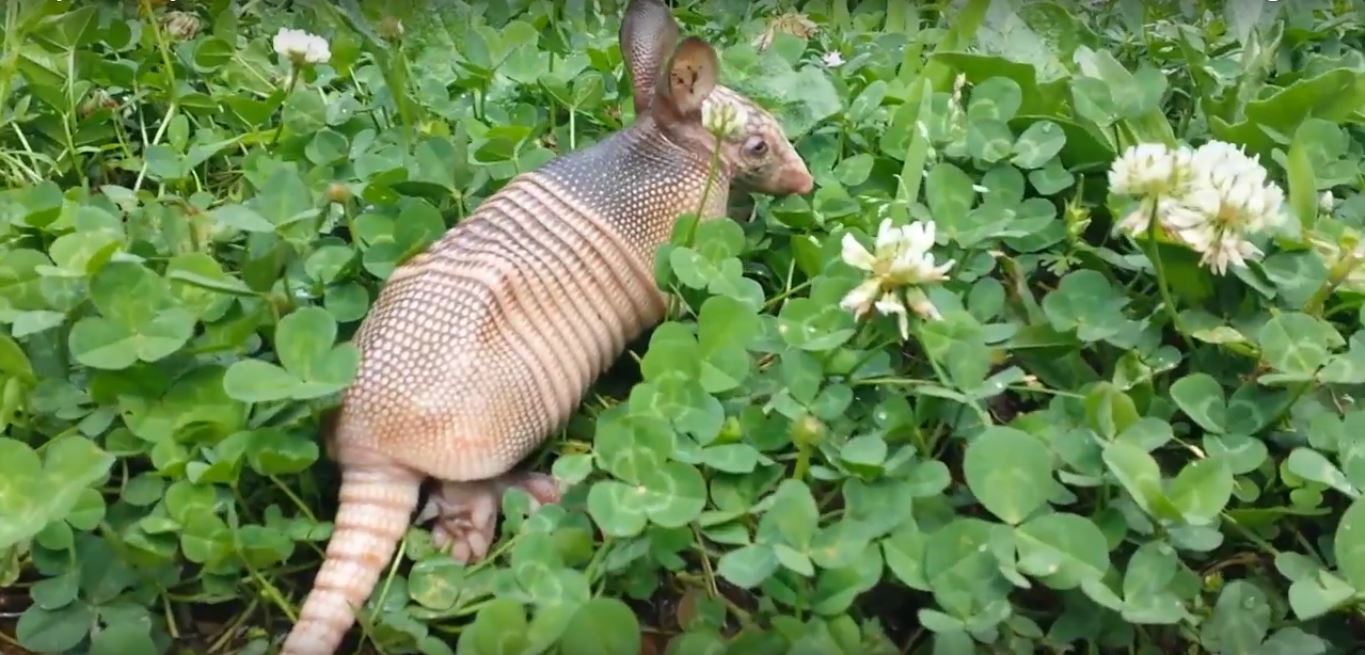- Augusta Educational Article of the Month - Facts About Armadillos
Facts About Armadillos
In this article we will discuss about what Augusta armadillos are so that we can get an idea of how they behave and act.
This will also give us much knowledge on how to get rid of them later on.

Appearance
The most generally known Georgia armadillo’s complete name is the “nine banded armadillo”. It’s appearance is that of a small
mammal that weighs roughly around thirteen pounds and covered in a hard outer layer which we consider its armor. It’s
name is derived from the fact that this armor is actually made out a bony plate that has nine different sections to it.
These plates are called “scutes”. An Augusta armadillo generally shaped like an oblong and has a triangular shaped head with
very close-set ears. It’s color is usually:
• Brown
• Gray
• Tan
General Biology
The Augusta armadillo is most active during the period between twilight and the early morning hours especially in the summertime.
In winter, they are most likely to be active during the day. An armadillo prefers to dig about 7 to 8 inches in diameter
and up to 15 feet in length. This is usually used for shelter and for raising their young. These burrows that they create
can be located in:
• rock piles
• stumps
• brushes
• terraces
• around brush
• dense woodlands
The Georgia armadillo despite its poor eyesight, has a very powerful sense of smell. It is also a very good swimmer and is able to
walk across the bottom of small streams.
Life Cycle
The average lifespan of an Augusta armadillo is between twelve to fifteen years in captivity but can exceed these numbers
out in the wild.
Habitat
Armadillos prefer the cover of dense, shady places such as brush, woodlands, forests and typically near creeks
or rivers.
Diet
An Augusta armadillo’s diet consists of insects and other invertebrates and in order to find them in the soil, they use their
sense of smell. They will also eat carrion and small amphibians if the need arises, however. Their very sticky tongues
help these animals to collect colonies of insects and insect larvae (earthworms, scorpions, spiders, etc) in one give
time which they find hiding in the dirt. They will also eat Gerogia snakes as well as eggs of frogs, lizards, skinks, and snakes
just to name a few.
Behavior
Unlike it’s smaller cousin, the three banded armadillo, the nine banded Augusta armadillo cannot curl into a bal completely.
Instead, they leap into the air up three feet when ever they feel frightened or threatened. Another way to up its
defense is by burrowing. When frightened, it will dig a hole and wedge itself in there. With this method, even the
most persistent of predators will eventually give up and look for more easier food to catch.
To learn more about our services, visit the Augusta wildlife removal home page.

